Pakistan’s Poppy Problem
Crisscrossed by heroin transit routes from neighboring Afghanistan, the country’s youth confront a growing opioid epidemic.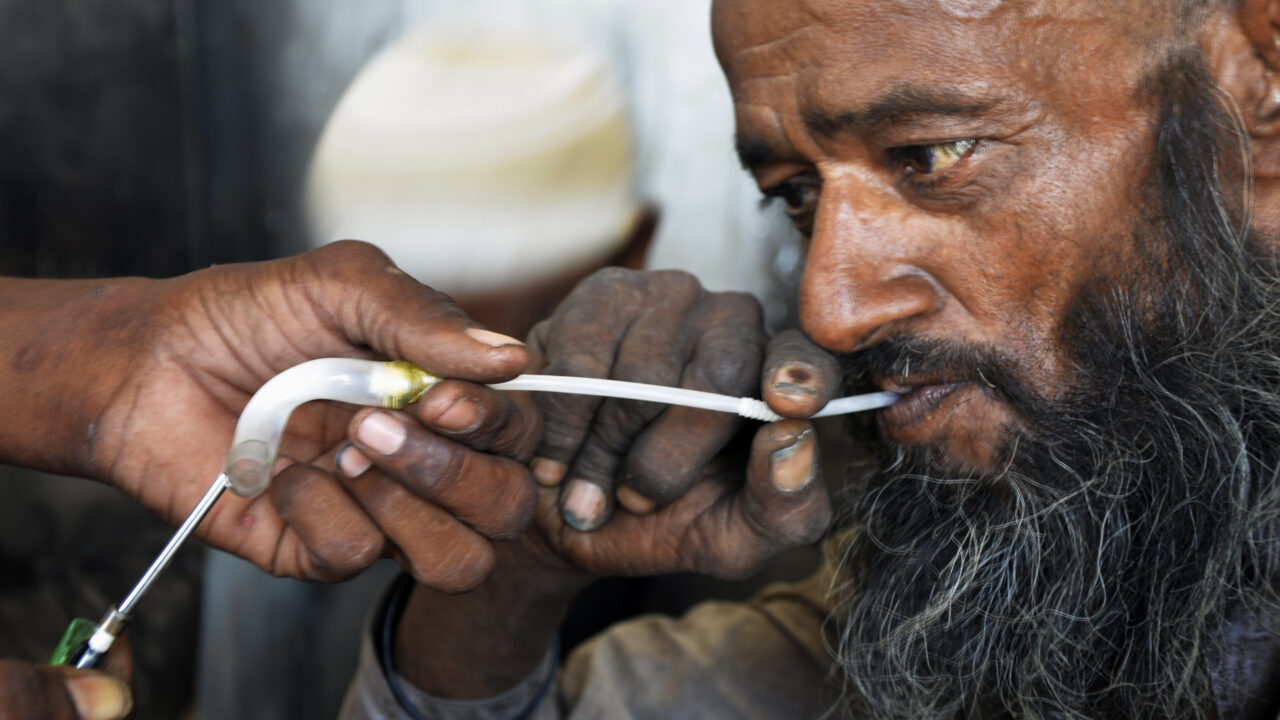 A Pakistani man, smokes heroin on a roadside in Hyderabad, Pakistan, Saturday, May 13, 2023. (AP Photo/Pervaiz Masih)
A Pakistani man, smokes heroin on a roadside in Hyderabad, Pakistan, Saturday, May 13, 2023. (AP Photo/Pervaiz Masih)
KARACHI, PAKISTAN — In a 2021 study, researchers at Pakistan’s Abdul Wali Khan University found that a quarter of Pakistan’s young people abuse drugs, and nearly half of all Pakistanis with substance use disorder are under the age of 30.
Among the factors contributing to rising drug use is the near impossibility of checking the trafficking of drugs from neighboring Afghanistan. Pakistan serves as a major transit route for the illicit opium-poppy trade from Afghanistan to the rest of the world. The trade is massive: Afghanistan supplies 80% of the global opiate demand. Opium cultivation has grown in Afghanistan since 1979 when the Russians invaded and the United States decided to make the country the “Vietnam of the USSR.” Opium funded the mujahideen’s jihad against Moscow, and in the post-9/11 years, it has become the Taliban’s main source of funding to fight their enemies. Since the return of the Taliban to Kabul in August 2021, opium cultivation has increased by 32% and is now calculated to be 56,000 hectares.
Transnational organized crime is involved in this business, making it impossible for a single country to curb drug dealers. They form a nexus with human traffickers and migrant smugglers whose reach is extensive. The United Nations Office on Drugs and Crime (UNODC) has therefore adopted a three-pronged approach in Pakistan. It focuses on the illicit drug trade and border management; criminal justice and legal reforms; and drug demand reduction by looking at prevention and treatment strategies. Pakistan’s Anti-Narcotics Force is UNODC’s major partner.
Yet the drug menace remains unabated. It must be pointed out that in the various plans drawn up, there is not sufficient emphasis on the role of the police, which is the agency that is required to deal with the vendors and traffickers who do the marketing. Take the case of the gutka, which is banned by law yet available in abundance. Users, including minors, know how and where it can be obtained — and how the police can be pacified.[1]
It is significant that Transparency International (TI), an independent, nongovernmental corruption watchdog, finds corruption to be on the rise in Pakistan. The country ranked 140 on a list of 180 countries in 2022 — its worst ranking in a decade. TI Pakistan’s National Corruption Perception Survey finds that the police take the top slot in corruption in public perception. Police corruption thrives only when it enjoys official sanction, and all this is happening despite the fact that Pakistan is a party to a variety of international treaties that seek to root out corruption.
High Prevalence
Recently, the Anti Narcotics Force website revealed that there were about 7.6 million drug users in Pakistan. In a 2013 survey, UNODC counted 4.25 million. That shows that substance abuse is on the rise at a substantially high rate. Currently, UNODC is holding another survey and experts believe that the numbers will be much higher. Globally, the prevalence of substance use disorders (SUD) is 5.6% but in Pakistan, it is 6%.
At least 860,000 people use heroin, and nearly 1.6 million misuse prescription opioids. This does not include the many drugs that are categorized as stimulants not considered hard drugs but may lead to the use of other addictive substances.
Seven hundred people in Pakistan die of drug-related causes every day, Maj. Gen. Khawar Hanif, the director general of the Anti Narcotics Force, told the Senate Standing Committee on Interior and Narcotics Control, in 2015.
Prevention
In 2012, UNODC, working in coordination with the Pakistani government, published a document titled, “Treatment Protocols for Drug Use,” which is meant to “standardize and enhance the delivery of drug treatment and rehabilitation services” in Pakistan. While work on the treatment protocol had been started by UNODC in 2012, it could not be completed. Now the UNODC and the government of Pakistan are working on the protocol and the standards, which they hope to complete soon. Once adopted they will be implemented.
But a concerted effort in prevention is also necessary. With the increase in the incidence of drug abuse, there is now more public concern about this problem. Yet there is no informed discourse on the subject as the upper classes are either in a state of denial or remain silent because of the stigma attached to it. The underprivileged accept it as their fate.
Pakistan serves as a major transit route for the illicit opium-poppy trade from Afghanistan to the rest of the world.
Uzma Iqbal is a counselor/therapist at Charter for Compassion Pakistan. The organization adopted 25 government schools under the public-private partnership initiative some years ago and is now screening children to identify drug users. Iqbal works on a program called “Roo ba Roo” (meaning “face to face”), where she counsels children who are taking substances that can be classified as stimulants, such as gutka and areca nuts, which are very commonly available and are not stigmatized in the working classes as they are perceived more as a cultural habit.[2][3] Those who take hard drugs are referred to a treatment facility.
Shahida Mannan is another counselor who has been working with school children. Her work focuses mainly on awareness-raising. She holds workshops, screens videos, engages in question-answer sessions, and also organizes skits that interest the students, especially those in their teens. “My most effective technique is to ask a cured drug addict to accompany me to tell the children his story — his agony, sense of hopelessness and relief when cured,” she says. Given the large number of schools and children of vulnerable ages (64% of Pakistan’s population is under 30), the prevention measures are not enough to stall the growth of drug abuse in the country.
Treatment
It is obvious that the need for treatment facilities has also grown. But resource constraints have denied many the treatment they need. Others who have been detoxified and then rehabilitated might relapse and be back to square one.
Currently, UNODC has notified 142 facilities that can be assumed to be of the required standards. But only a few of them provide free services. As for the 150 or so that have refused to register, nothing can be said as they are not certified.
The AAS Trust was set up in 2000 as a nonprofit organization to help underprivileged drug-dependent adults. In 2006, it extended its reach to children as well with the support of UNODC and the Anti-Narcotics Force. Children and youth are provided treatment free of charge while modest charges are leveled on the seniors. AAS can house 122 people at different stages of treatment. The Trust has served 1,500 patients and seeks to improve community life and conduct research in the field of drug addiction. The government has a handful of facilities for those suffering from SUD, which are a part of their mental health institutions that are by no means in abundance.
Rehabilitation and counseling must fully address the factors that caused a person to turn to drugs in the first place.
The Anti-Narcotic Force set up the Benazir Shaheed Anti-Narcotic Force Model Addiction Treatment and Rehabilitation Center in Lyari, an impoverished area of Karachi that has conventionally been besieged with crime, violence and drugs. The hospital proves that Pakistani authorities’ performance can be impeccable — if the political will exists.
Dr. Nooreen Begum, the senior clinical psychologist is efficient and competent. She has been in this position since the hospital was opened in May 2010. It is a neat, clean and cheery place with 104 beds, 50 of which are for women and children. Three outpatient sessions are held a week for patients who need counseling or medication. Nearly 80 patients attend each outpatient department. No one is charged, including the indoor patients who are normally kept for 45 days for detoxification and rehabilitation. There are two other similar hospitals in Karachi and a number of them in other cities. It is clear that these numbers are not sufficient. Nor is the period of hospitalization sufficient to cure a person of SUD.
Detoxification alone is not enough. Rehabilitation and counseling must fully address the factors that caused a person to turn to drugs in the first place. When it comes to drug use, for Pakistani youth to survive and thrive, it is less about breaking old habits. It is about not picking up the habit in the first place.
Your support matters…Independent journalism is under threat and overshadowed by heavily funded mainstream media.
You can help level the playing field. Become a member.
Your tax-deductible contribution keeps us digging beneath the headlines to give you thought-provoking, investigative reporting and analysis that unearths what's really happening- without compromise.
Give today to support our courageous, independent journalists.
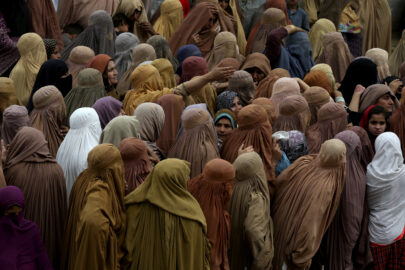
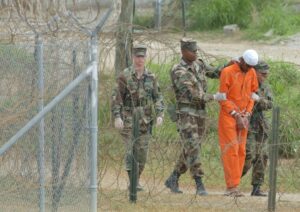
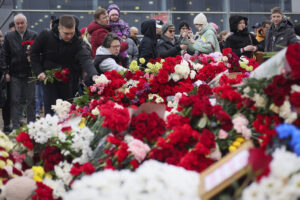

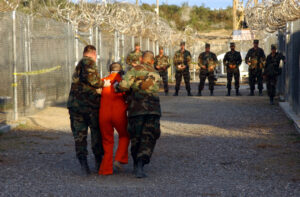
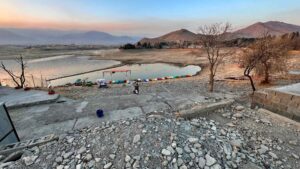
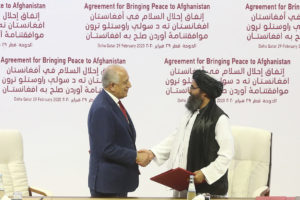
You need to be a supporter to comment.
There are currently no responses to this article.
Be the first to respond.